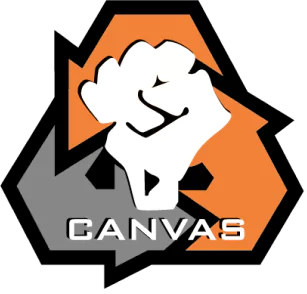Aug 1, 2013-2013
Indonesia
Freedom Flotilla for Indigenous Peoples of West Papua
Share
ACTIVISTS/ACT.GROUPS/DESCRIPTION OF THE GROUP
Kevin Buzzacott; Ronny Kareni; Frans Kapissa; Eliezer Awom; Native Populations of West Papua; Australian Aboriginal Groups
TARGET
Government of Indonesia
WIDELY HELD BELIEF
Indigenous people have rights over their lands.
CASE NARRATIVE
Issue and Opponents: This event resulted from the Indonesian control over West Papua. It was designed to highlight the abuses faced by West Papuans under Indonesian rule, as 500,000 Papuans have been killed since Indonesia gained control over the territory in 1960. Participants of the Freedom Flotilla were denied Indonesian visas.
Dilemma Action: The demonstration began with the collection of water from the springs near Lake Eyre, a symbolic connection between the separated indigenous populations. Boarding Freedom Flotillas, demonstrators began their journey on Indonesian Independence Day (which dominated international news), setting the path for the Indonesian colony of West Papua, despite the Indonesian government’s explicit refusal of permission and Australia’s stated refusal to assist should they be arrested. 50 people took turns crewing at least 2 yachts up the east coast of Australia through the Torres Strait and on to Papuan New Guinea. Aboriginal elders and leaders played a key role in this event. Because they were not granted Indonesian visas, they illegally entered Indonesian waters without a sailing permit. “When the Indonesian government refused the activists entry, the organizers of the flotilla issued their own Aboriginal ‘passports’ and West Papuan ‘visas’ in a symbolic challenge to state-centric notions of sovereignty.” Meeting in the waters between the two countries, the demonstrators exchanged the “sacred water” and celebrated in song and dance.
Outcomes: Activists claimed their mission was a success. The stated purpose of the mission was to reunite the cultures of the two indigenous peoples. Cultural exchanges between Indigenous leaders were held in secret, as the Indonesian military claimed to take military measures against the flotilla. The campaign gained global media attention and put West Papua on the map and in people’s minds.
PRIMARY STRUGGLE/GOAL
NONVIOLENT TACTICS USED
DA TACTICS USED
Pilgrimages
CASE NARRATIVE WRITER
SUCCESS METRICS
9 / 12
(EREP) Dilemma action got replicated by other movements
(MC) Media Coverage
(MSYMP) Media coverage was sympathetic to the activists
(OR) Opponent response
(PS) Dilemma action built sympathy with the public
(PUN) Punishment favored the activists
(REFR) Dilemma action reframed the narrative of the opponent
(RF) Dilemma action reduced fear and/or apathy among the activists
(SA) Dilemma action appealed to a broad segment of the public
PART OF A LARGER CAMPAIGN
3 / 3
Activist group continued working together after the action
Encouraged more participants to join the movement
Internally replicated by the same movement
RESOURCES
Project documentation
Dilemma Actions Coding Guidebook
Case study documentation
Dilemma_Actions_Analysis_Dataset
SOURCES
MacLead, Jason. 2013. “Flotilla unsettles Indonesia’s occupation of West Papua,” Waging Nonviolence. Retrieved July 23, 2023. (https://wagingnonviolence.org/2013/11/flotilla-unsettles-indonesias-occupation-west-papua/).
RNZ. 2013. “Indonesia Poised to Intercept West Papua Freedom Flotilla.” Retrieved July 23, 2023. (https://www.rnz.co.nz/international/pacific-news/219160/indonesia-poised-to-intercept-west-papua-freedom-flotilla).
Related cases
Apr 10, 2015-2015
Spain
The Spanish government introduced legislation in 2015 that would subject millions of citizens to disproportionate fines and even jail time for exercising their right t...
/
Nov 1, 2014-2014
India
Expressions of sexuality and public display of affection are strongly opposed by the right-wing political parties in India such as RSS. Their opposition is based on th...
/
Subscribe to our newsletters to get full access to all materials on our website.

